Page contents
Get more done with less stress and pay only $12/hour.
A virtual medical assistant can help!
Get more done with less stress and pay only $12/hour. A virtual medical assistant can help!
See how Portiva is making a real difference in medical practices through our clients’ experiences. Watch this short video to see the impact for yourself, and let’s talk about how we can help streamline your operations and improve patient care today!
Join the countless satisfied physicians who trust our proven solutions, backed by an extensive arsenal of happy clients enhancing their practices.
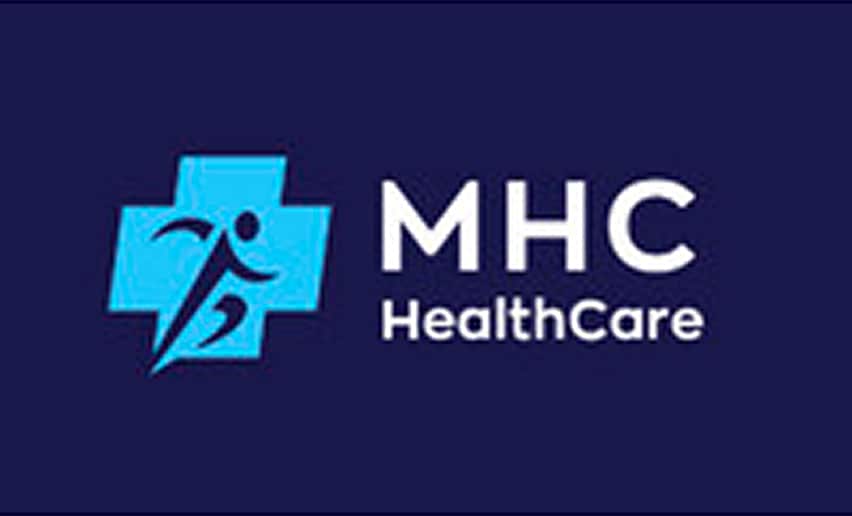
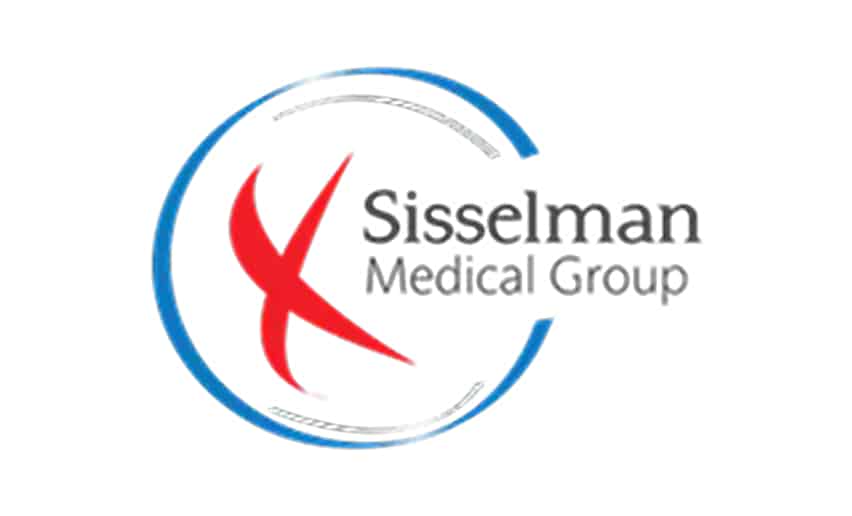
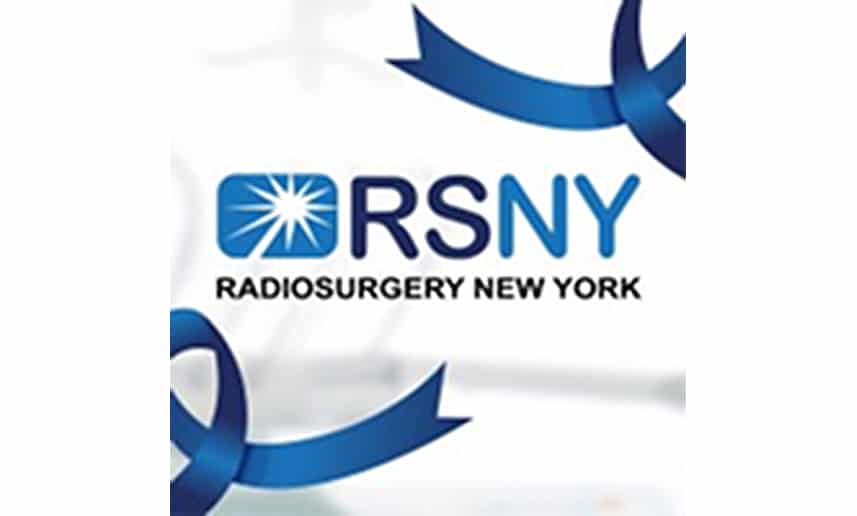


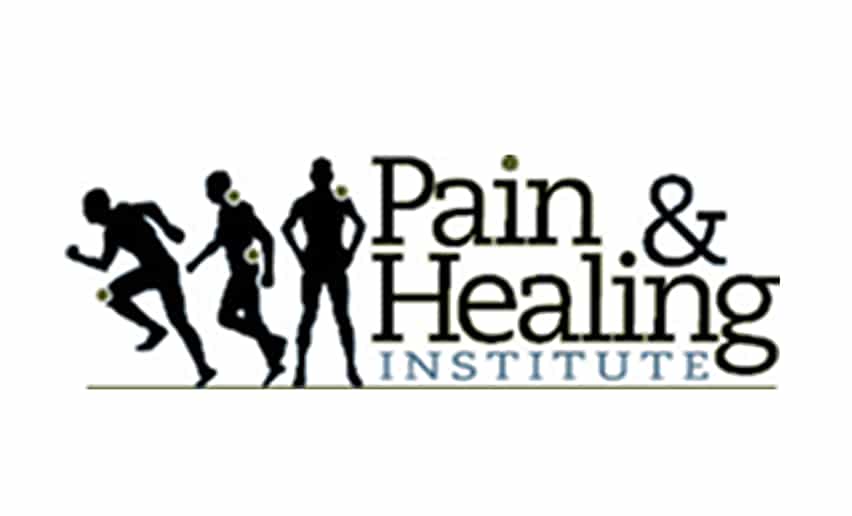
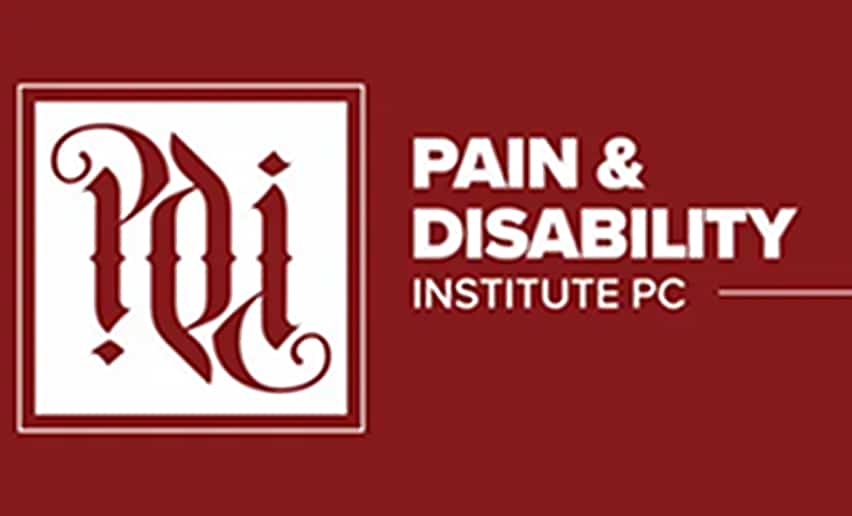


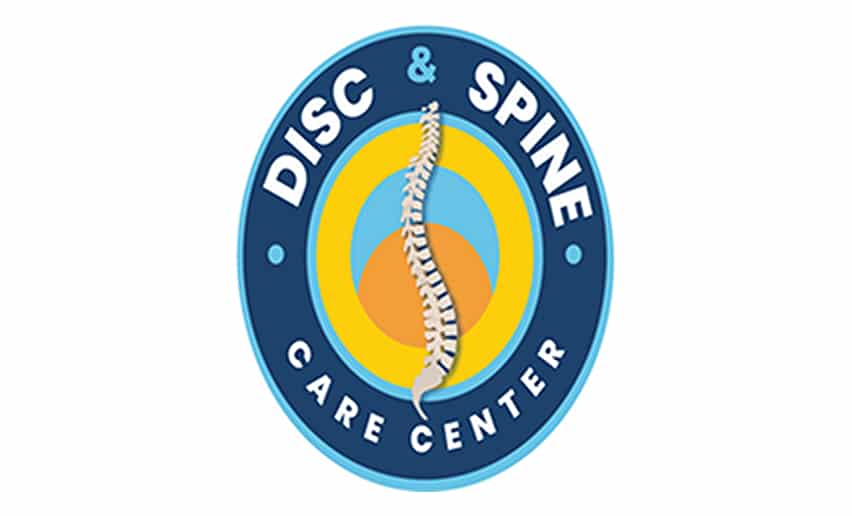
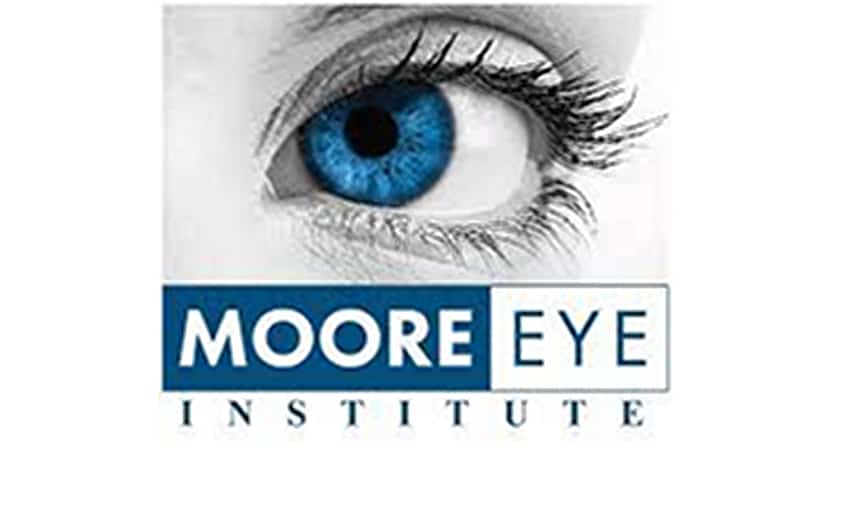

Discover how our dedicated clients have achieved their goals and transformed their businesses with our expert solutions. Join the ranks of satisfied customers and experience the difference for yourself.
Prior to Portiva, I used another virtual staffing agency and I was not happy with the candidates or the service. Portiva does an excellent job pre-screening.
Overwhelmed by admin tasks? Let a virtual medical assistant handle them, so you can focus on patient care.
Medical billing involves a structured process in the clinical care industry, including medical coding, submitting claims, verifying medical insurance, and managing payments. Accurate documentation is crucial, with coders using Current Procedural Terminology (CPT) codes for precise record-keeping. A medical billing claim can take weeks or months to process, requiring careful monitoring to ensure timely reimbursement of medical claims.
Reconciling invoices ensures accuracy between charges and insurer payments. Medical billing software streamlines operations, improving accuracy and efficiency. Properly handling insurance claims is essential for maintaining accurate patient records and securing appropriate provider reimbursements. A medical billing career offers opportunities to work with organizations like the American Medical Association, which provides resources on billing and coding. Medical billing services further optimize processes, reducing administrative burdens in healthcare.

Medical billing consists of two primary types: active and passive.
Active billing involves direct patient or provider contact for each transaction, typically within managed care plans or insurance policies. This process ensures that all medical services rendered are accurately documented and billed according to the terms agreed upon by healthcare providers and insurers. Patients receive detailed statements outlining the cost of services, applicable fees, co-pays, and deductibles, which are determined by their insurance coverage and provider agreements. Additionally, active billing requires continuous communication between billing departments, insurance companies, and patients to verify coverage, process claims, and address any discrepancies.
Passive billing, in contrast, processes transactions independently of patient interaction. It relies on automated systems such as electronic invoice submissions, often resulting in lower reimbursement rates. While active billing requires more paperwork for accuracy, passive billing reduces errors through automation.
Understanding both methods is crucial for selecting the most suitable approach for a medical practice. Active billing yields higher reimbursement rates but demands more administrative work, while passive billing simplifies processes at the cost of lower returns.

It is an essential process in healthcare that ensures patients receive a fair refund for medical services. Medical bills contain various components, including the type of service provided, the date of service, the code assigned to the procedure, an itemized list of services, provider information, and patient demographic information. Accurate healthcare invoicing requires precise documentation from medical assistance healthcare providers. Medical billers play a crucial role in ensuring no discrepancies between what was billed and what was done during each patient visit. If errors are found within the bill, it can result in overpayment or delayed reimbursement.
Medical accounts receivable is a complex process that often changes due to new regulations by insurance companies or government entities regarding reimbursement claims submitted by various healthcare facilities and service healthcare providers. Accurate medical reimbursement must be managed daily to ensure quality patient care.
Medical biller making claims for medical services is known as medical accounts receivable: claims to insurance providers on behalf of patients, while the medical coding system is used to classify services and procedures. They are essential to the healthcare industry, but neither replaces the other.
It is critical to ensure patients receive appropriate care reimbursement. Inaccurate bills can lead to overpayment or delays in payment, resulting in monetary losses for both parties. Therefore, service billing specialists must be knowledgeable about regulations and policies set forth by government entities and insurance companies.
The medical biller’s job is just as important as medical coding programs. It ensures codes are accurately assigned to each healthcare provider’s service and procedure.
Therefore, a certified coding associate must comprehensively understand ICD-10 coding and all relevant federal billing and other coding guidelines and regulations.
Both processes are equally crucial in assuring quality care for all patients. Certified coding associates ensure that accurate bills and codes, insurance providers can reimburse healthcare providers for services rendered adequately and rightfully bill patients according to their coverage terms.

Portiva’s virtual assistants offer numerous advantages. Here are just a few key benefits:
Virtual assistants offer a cost-effective alternative to traditional medical billers, saving practices up to 50% on medical billing costs. Portiva provides quality services starting at $10/hour, reducing the administrative burden and allowing healthcare providers to focus on care. According to labor statistics, virtual assistants are becoming an increasingly popular choice for efficient billing and administrative tasks.
Outsourcing code claims to the medical billing process to Portiva’s virtual assistant allows practices to free up staff time and energy to focus on the important stuff. Virtual medical billing and coding assistants can do that! Plus, they take phone inquiries, too. All with improved efficiency! In addition, they help ensure compliance with health insurance portability regulations, simplifying patient record access.
Accurate medical billing and coding are essential for any successful business. A medical biller ensures timely payments to suppliers and customers, prevents costly errors, and maintains correct financial records. Common medical billing practices, such as verifying insurance details, coding services correctly, and reviewing medical reports, ensure billing accuracy.
Outsourcing code claims processing to a virtual assistant ensures accuracy in patient medical records by reducing errors in coding and documentation. Properly coded claims minimize the risk of denials and discrepancies, helping healthcare providers maintain compliance with regulations. Accurate record-keeping also enhances operational efficiency, freeing doctors to focus on patient care.
Virtual assistants are also helpful for dental practices. Similar to their role in the medical collection, a virtual assistant can take care of necessary tasks such as submitting claims and managing patient records. By handling these administrative duties, virtual assistants help dental professionals reduce workload and improve efficiency.
Virtual assistants swiftly collaborate with EMRs and medical software, facilitating an orderly medical billing process that guarantees timely, accurate claims submission for the procedures performed. By seamlessly integrating with electronic medical records (EMRs) and billing platforms, virtual assistants help reduce errors and discrepancies in claim submissions. They verify patient information, ensure proper coding, and verify documents.
Virtual assistants swiftly collaborate with EMRs and medical software, facilitating an orderly medical billing process that guarantees timely, accurate claims submission for the procedures performed. By seamlessly integrating with electronic medical records (EMRs) and billing platforms, virtual assistants help reduce errors and discrepancies in claim submissions. They verify patient information, ensure proper coding, and verify documents.
VMAs are becoming essential for medical billing and coding tasks. Virtual assistants save time and money by creating claims, submitting insurance, processing patient data, and maintaining files. As healthcare transitions constantly, virtual coders will play an essential role in healthcare billing and coding in the future. Integration with a practice management system will also be key to streamlining workflows and ensuring the seamless flow of patient information and billing processes.
Submitting and tracking insurance claims with insurers is a healthcare billing virtual assistant. Virtual online medical billing assistant handling your revenue cycle management software and integrating it with your practice management system can simplify it, especially for physician practices.
A medical coder program converts diagnoses and procedures into codes to track medical claims. Professional medical coders ensure accuracy, while a virtual assistant maintains coding precision, saving time and money in the accounts receivable process. Payment posting ensures accurate recording of payments, streamlining the billing process.
Patient registration is handled by virtual medical assistants when they call for an appointment. During the patient encounter, vital information such as name, birthdate, medical history, and insurance plans must be verified to ensure accurate records for claims, prior authorization, and follow-ups with the patient’s insurance company.
Patient records must be up-to-date to justify healthcare services provided. A virtual assistant helps patients understand their financial responsibility, including co-pays, deductibles, and Medicaid services, while offering payment plans and support.


Medical services are fundamental to the healthcare industry, offering the necessary care and treatments for patients. The processes involved, including accurate medical billing and coding, ensure healthcare providers are compensated properly for the care rendered. The patient registration process plays a crucial role in this by capturing essential information to initiate the billing process. Medical professionals and billing specialists track the services provided to each patient, translating the procedures into codes used by insurance companies for reimbursement based on medical necessity.
Medical coding is an essential process in the healthcare industry, as it involves converting medical diagnoses, procedures, and services into universally recognized alphanumeric codes. This helps providers and medical professionals communicate effectively with insurance companies for accurate billing and reimbursements. Medical coding ensures that each service is classified and billed correctly, preventing errors that could lead to delayed payments. With a certified medical coder on the team, providers can maintain efficient and accurate coding.
Virtual Medical Assistants (VMAs) are becoming essential for medical billing and coding tasks. These virtual professionals help healthcare providers save time and money by efficiently handling claims creation, insurance submissions, patient data processing, and file maintenance. As healthcare continues to evolve, the need for skilled virtual coders will only grow, ensuring accuracy and efficiency in billing and coding processes.
Integration with a practice management system will also play a crucial role in optimizing workflows. By seamlessly connecting patient information with billing processes, virtual assistants can enhance efficiency, reduce errors, and improve overall revenue cycle management. As the healthcare industry advances, VMAs will be instrumental in keeping billing and coding operations smooth and effective.


Virtual assistants can help get the burden of finding medical billing off you and your staff by following up on denied claims and trying to get them approved. Medical claims may be rejected or denied by insurance companies for various reasons, such as:
A certified virtual assistant must recheck the provider ID number to verify eligibility and ensure a viable claim. They also confirm that patient demographics, insurance details, and coverage information are accurate before registration and scheduling. By proactively reviewing data, a virtual assistant helps prevent claim rejections or denials, reduces administrative burdens.
A medical billing and coding virtual assistant would need to recheck your patient’s card to ensure that the number provided and the format are correct. They can also perform insurance verification by calling the insurance provider to verify this information with the client if necessary. The assistant can reach out to patient contacts for verification or clarification.
A virtual assistant can ensure that your medical practice’s tax ID and provider information are current. A virtual assistant can also confirm the online medical billing provider is licensed with the payer or payers to avoid billing provider “missing or invalid” rejections. Ensuring healthcare professionals submit electronic claims with correct NPI and tax ID reduces rejected or denied claims.
A virtual assistant can ensure that your medical practice’s tax ID and provider information are current. A virtual assistant can also confirm the online medical billing provider is licensed with the payer or payers to avoid billing provider “missing or invalid” rejections. Ensuring healthcare professionals submit electronic claims with correct NPI and tax ID reduces rejected or denied claims.
Keep track of procedures, procedure codes, and costs, and generate the medical billing statement. Insurance details from each patient encounter determine patient responsibility and billing accuracy. A virtual assistant or billing software sends invoices, posts payments, and tracks the patient account. Electronic remittance advice streamlines the process, ensuring clear patient statements.
A virtual assistant assists with administrative duties for physician practices, like scheduling appointments, answering phones, etc.
Moreover, they can help simplify joint billing, collections, and coding processes–which are time-consuming and complex–freeing up valuable time for medical practices.
Medical data entry is another task that a virtual assistant excels at; it entails accurately inputting disparate patient information into the correct fields within EHRs. By using medical data and software like EHRs, VMAs can perform these tasks remotely and quickly.
By utilizing the services or the website provider of billing software and coding virtual medical billing and coding assistant, medical practices save time and money while taking advantage of their expertise in the coding field to ensure accurate and timely patient data entry. This will ensure that each patient’s medical records are up-to-date, secure, and available if needed.

Medical collection is crucial, requiring skilled medical billers. Hiring a traditional biller costs $25K–$50K annually, including benefits. Medical coding training is also essential for accurate procedure coding.
Virtual assistants, at $25-$50 per hour, help practices save time and money by submitting claims to insurance payers, coding, maintaining patient files, and handling admin tasks. Portiva offers top-quality service with industry-leading vetting.

The healthcare field is rapidly evolving as new technologies and innovations continue to shape the future of medicine. One crucial aspect that many people overlook is medical billing and coding. Medical billing and coding are the backbones of this sector, ensuring that medical records are accurate and current.
Medical billing and coding involve using specific codes to accurately document and communicate medical information. Medical billing and coding professionals are responsible for translating medical terminology into standardized code classification systems that health insurance companies use for reimbursement.
This task requires a thorough understanding of medical terminology and coding certification to ensure accurate documentation meets legal and regulatory requirements. Various coding programs and online courses are available for medical billing and coding professionals to gain coding certification. A certified professional coder is a highly skilled professional with extensive medical coding and billing training.
A coding certification is essential for ensuring accurate documentation, protecting patient privacy, preventing fraud, and complying with regulatory requirements. Accurate medical records are crucial for medical billing and coding. Medical billers ensure precision, which is essential for quality care and health insurance.
Medical billing and coding require expertise to ensure accurate reimbursements from insurance companies and patient billing. Portiva’s virtual assistants streamline these processes, ensuring efficiency, accuracy, and cost savings for practices. By handling claims, verifying codes, and maintaining records, they enable providers to focus on care. Learn more at portiva.com!
Find answers to your queries about our virtual medical assistant services.
Medical billers are responsible for calculating and collecting payments for healthcare services such as procedures, tests, or surgeries. They collaborate with patients to create a payment plan that fits their budget and provide them with an invoice after each visit. This helps ensure that payments can be made promptly. Medical billing also answers patient questions about medical billing or services, reviews insurance plans and coverage limits, checks codes for accuracy and completeness of invoices, processes adjustments or refunds when appropriate, verifies insurance information, and keeps records of all billing-related activities.
The primary difference between medical billing and coding is that billers are responsible for facilitating payments from patients and insurance companies, while coders assign the correct codes to patient data. Medical coders use information from patient visits to determine which codes should be used in a claim. These codes are used by insurance providers to determine how much each procedure or service costs, how much the patient will owe, and how much the insurance company will cover. On the other hand, medical billers work with providers and payers to ensure the timely payment of claims. They also review invoices for accuracy, verify insurance information, answer patient questions regarding billing or services, process refunds or adjustments if necessary, and maintain records related to billing activities.
To be an effective medical biller, you need specific skills and qualities such as assertive communication and active listening, problem-solving, attention to detail, organization aptitude, time management, and multitasking abilities. In addition to these qualities, medical billers must also be able to work well in a team setting and understand health insurance policies or have experience with Coding. Additionally, computer proficiency is essential as medical billers often use software systems such as patient accounting systems and medical billing suites.
Struggling with billing errors, long wait times, and frustrated patients? A professional medical billing service can transform your practice by streamlining payments, reducing errors, and improving patient experience. When patients receive clear, accurate bills and faster resolutions, their trust in your practice grows. Discover how outsourcing medical billing can enhance efficiency and keep your patients satisfied!
Copyright ©2025 Portiva